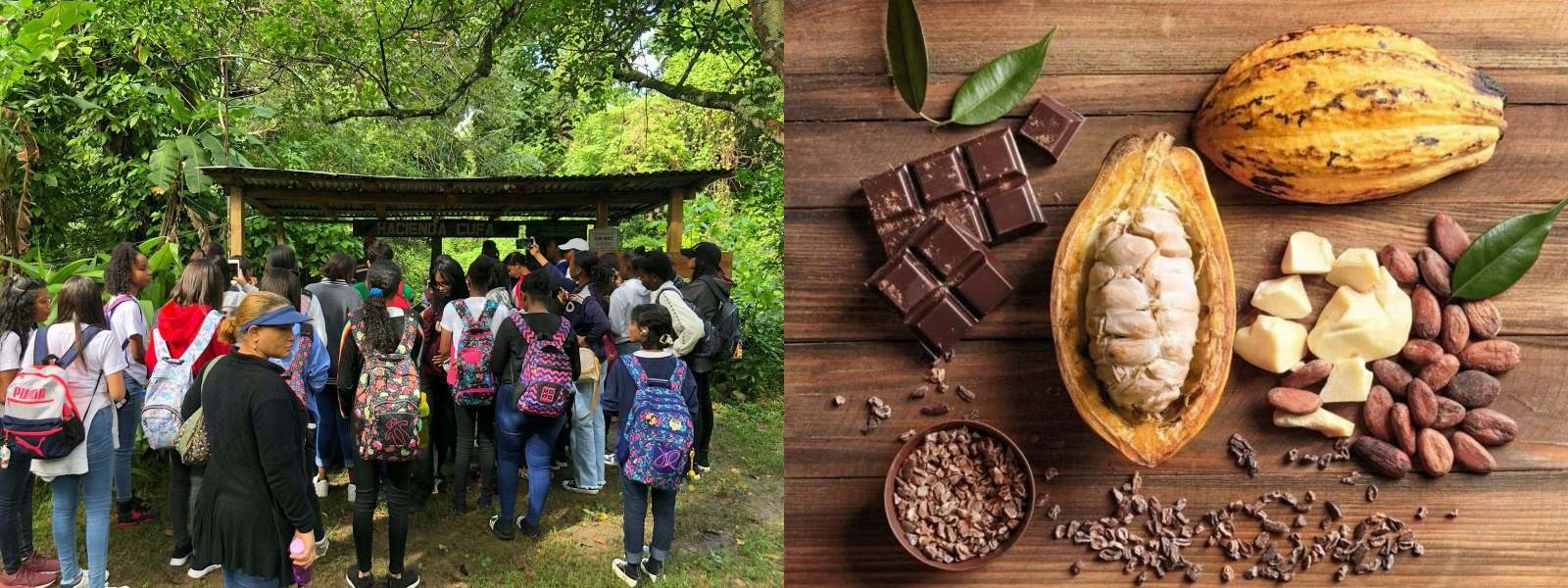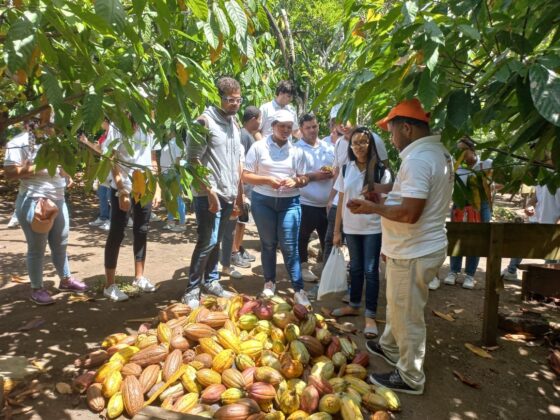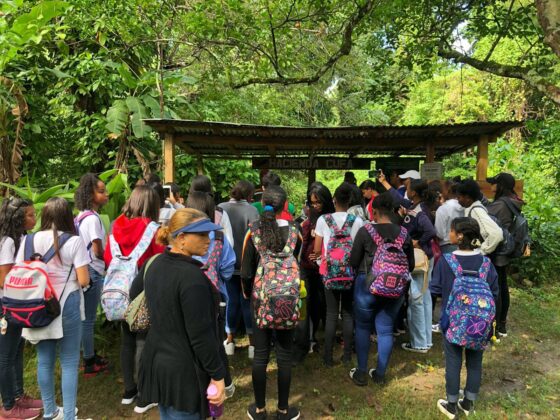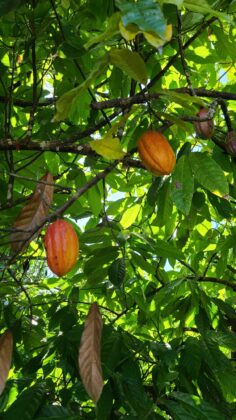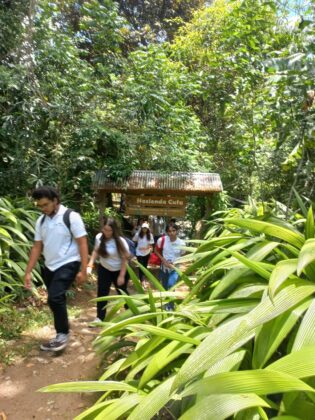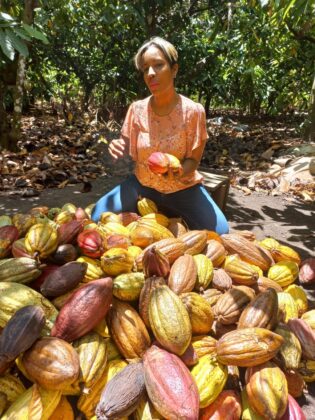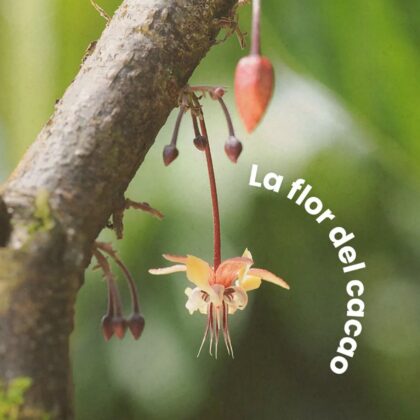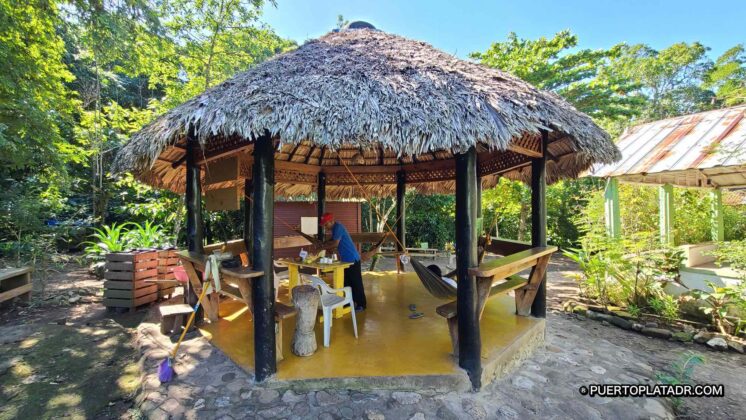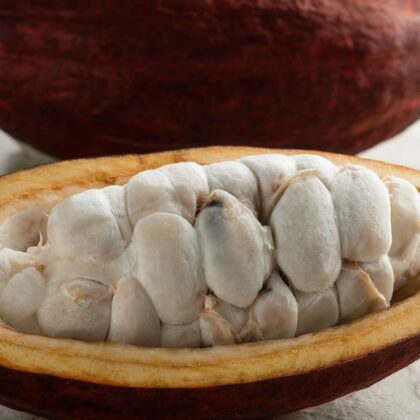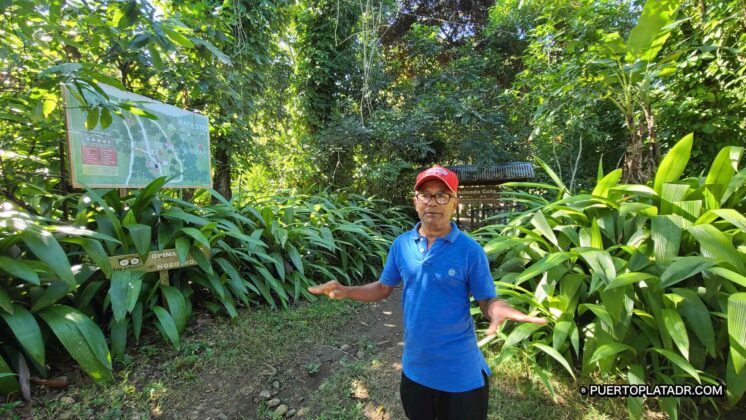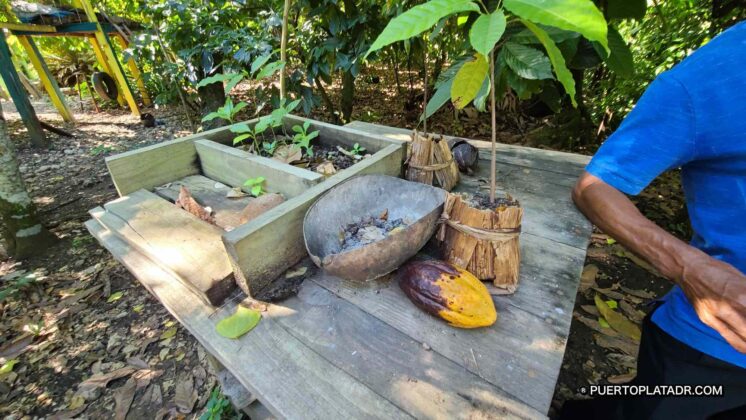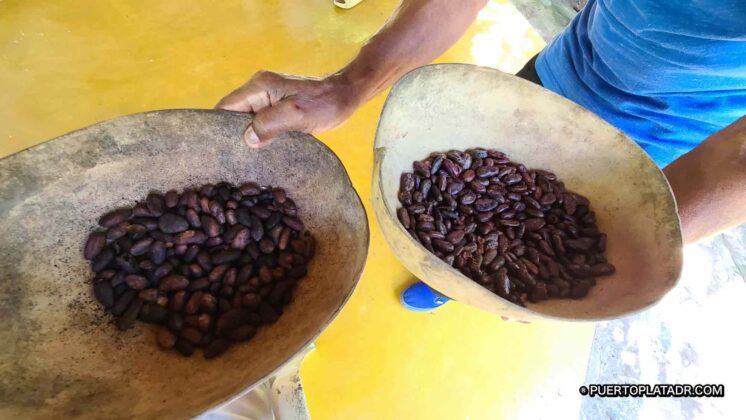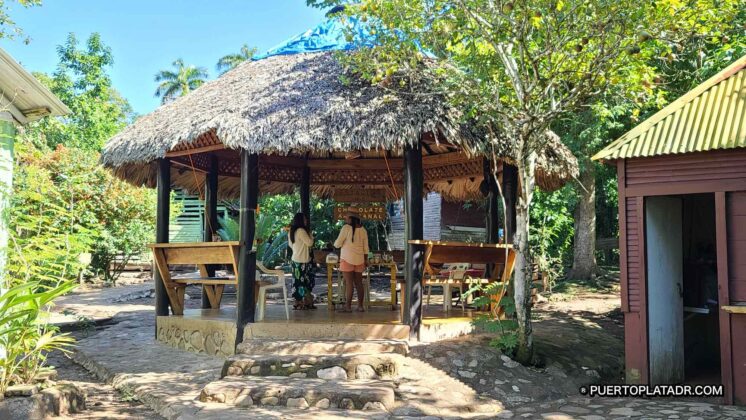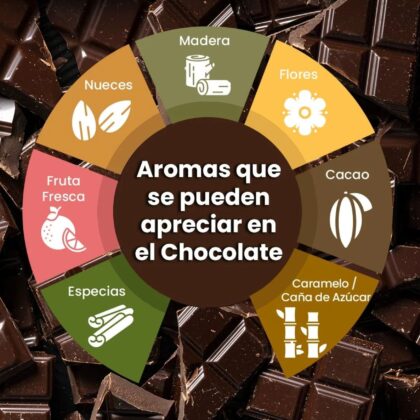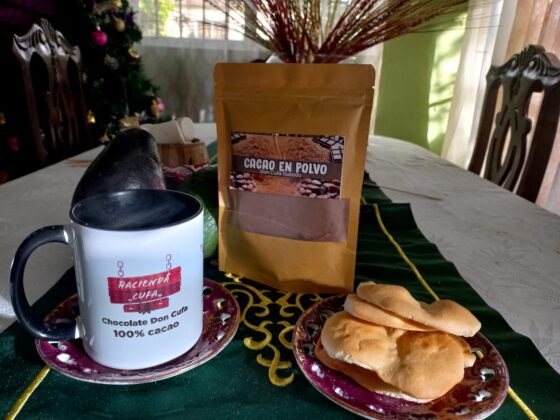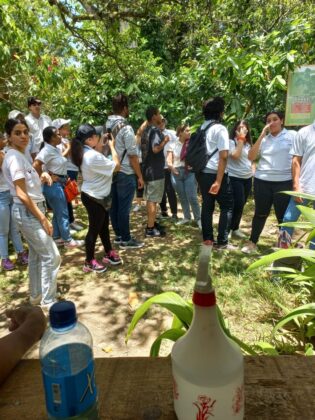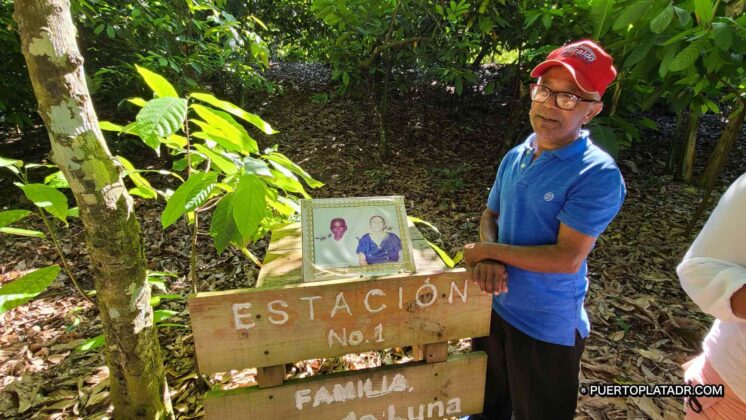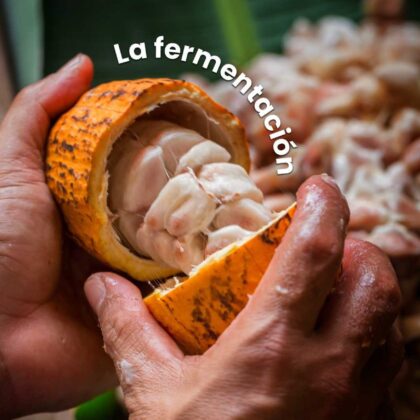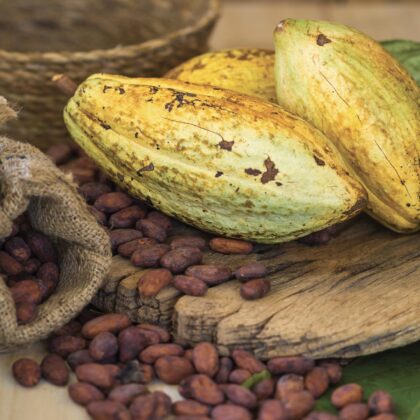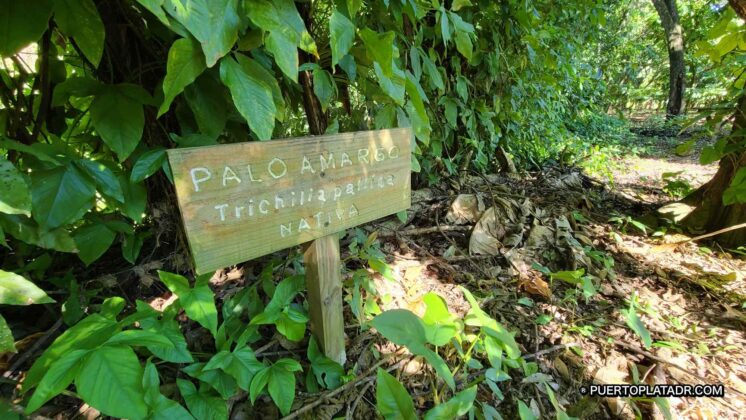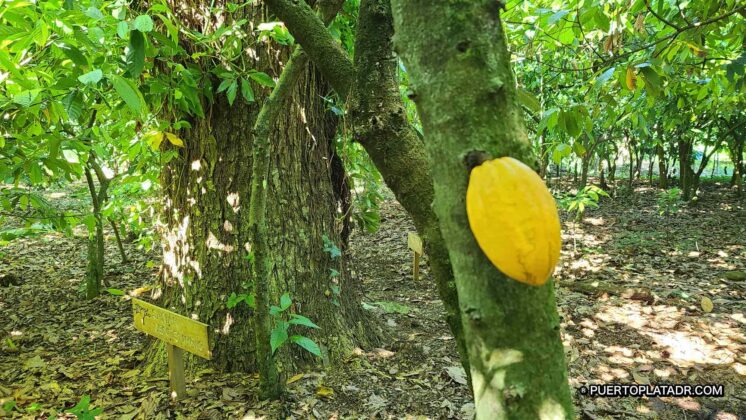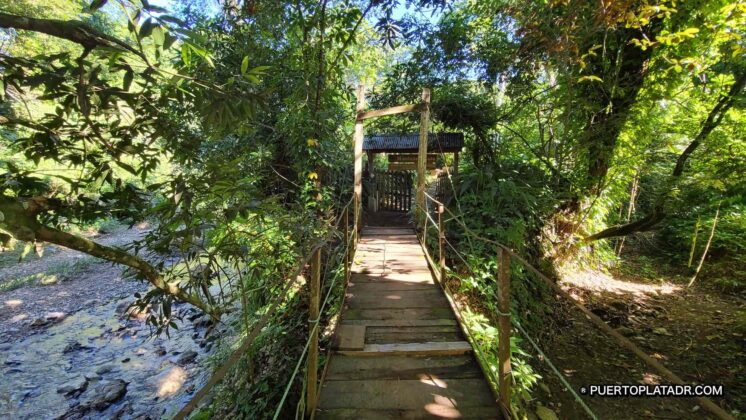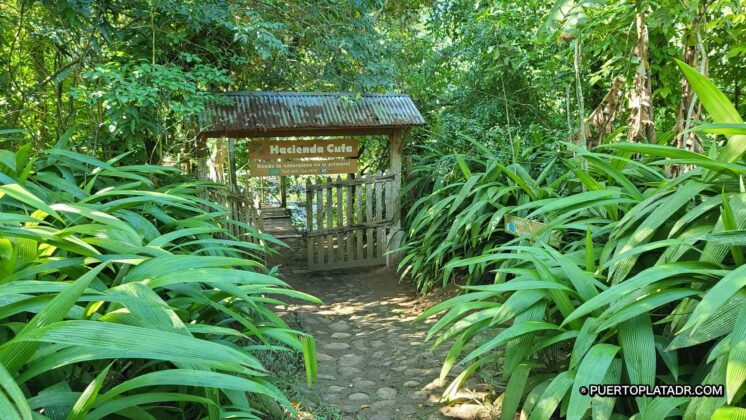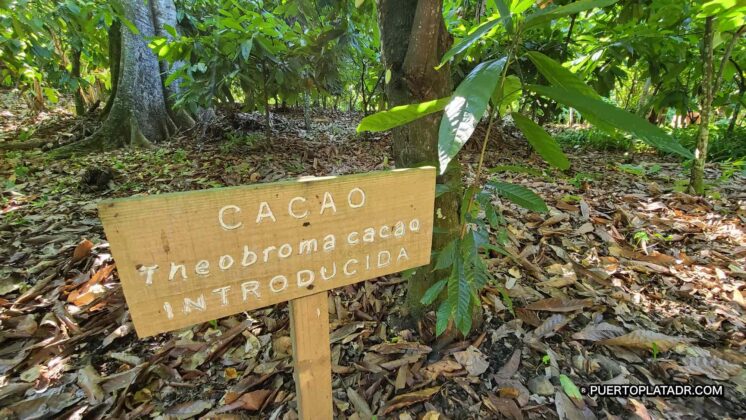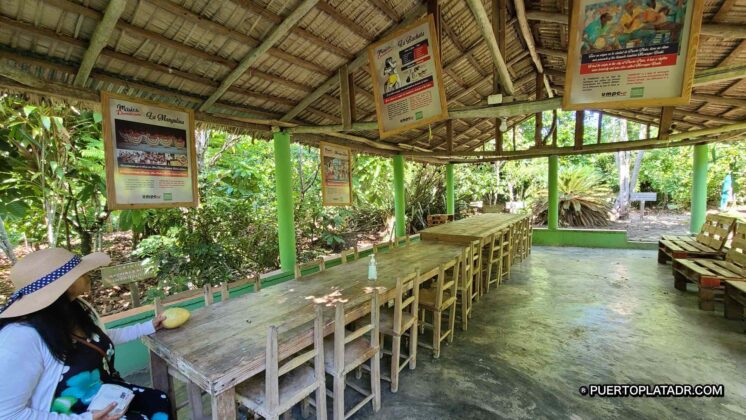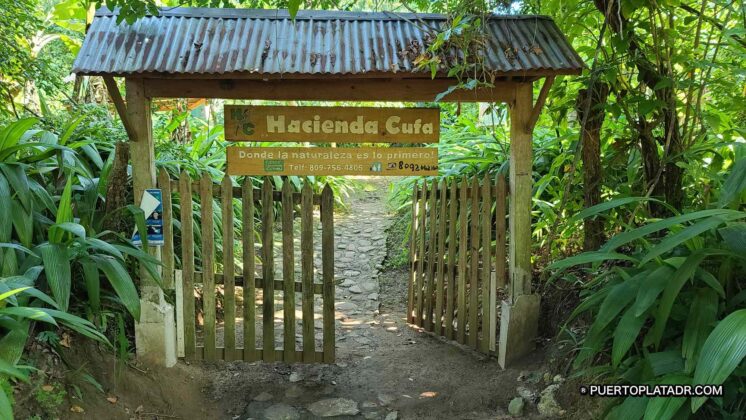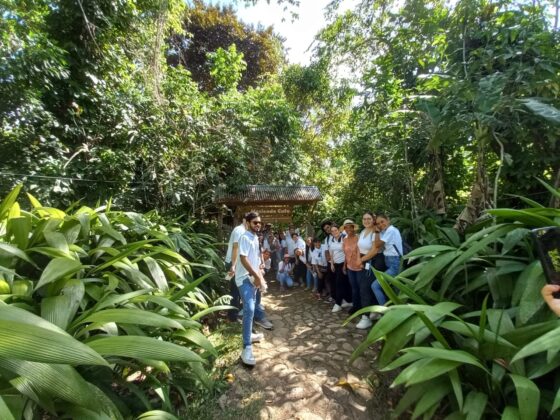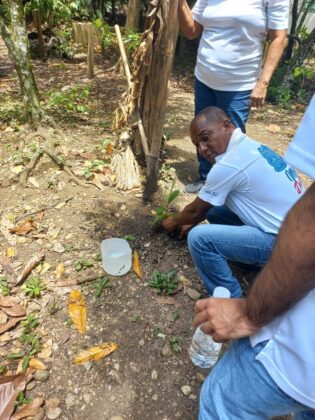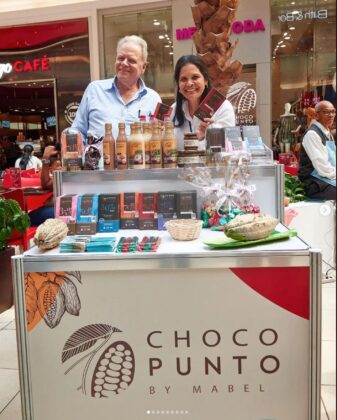Puerto Plata Cacao Tour – Hacienda Cufa
The Puerto Plata Cacao Tour by Hacienda Cufa tours us through a local, small organic cacao producing farm where organic, pure nature is the number one priority.
The name of the farm was given in honor of Porfirio Mercado “Don Cufa”, agricultural worker on the farm and promulgator of family values and care for the environment.
Located in the town “La Mariposa” in the municipality of Guananico, City of Puerto Plata, Dominican Republic, the farm has a seven-stop trail that activates the five senses. Through this trail you will discover the secrets of chocolate from the planting of cacao trees, its harvest to the artisanal production of chocolate.
PHOTO GALLERY – HACIENDA CUFA
This path is a unique experience of direct contact with the purest nature. Guests will be able to enjoy the tour of the seven stops, the “drink of the gods” (a hot chocolate), a “choco therapy” (chocolate + cacao butter clay), an unforgettable traditional Dominican meal and the opportunity bathing in the river that crosses the farm.
Remember to wear comfortable clothes and shoes, and be willing to live a new experience in the cocoa farm. It is better to call ahead and reserve, if you want to know more before arrival keep scrolling below for more information on tasting, history and facts on cacao.
HACIENDA CUFA
La Mariposa, Guananico,
Puerto Plata, DR 57000
Tel. 809-756-4806
Organic Cacao: A Unique Experience
Cacao can have subtle natural aromas of fruits, flowers, nuts, spices, caramel, wood, among others, which arise from a combination of factors including genetics, terroir (a result of climate, soil, and environmental biodiversity) and post-harvest handling (i.e. fermentation and drying).
These complexities open the door to developing chocolates made from single-origin cacao beans, just as vintners do with their grapes and the wines that originate from them.
The Cacao Ball
The cacao ball is an ancestral preparation that we Dominicans still preserve in our gastronomy. We could say that it is one of the preparations where cacao is worked in its purest form. In our country it is prepared in a mortar or pestle after the cacao is dried, until it forms a paste. Then proceed to shape it into a ball.
It is consumed by scratching the ball over hot water and adding sugar or honey to taste. In other cultures, when forming the paste, ingredients such as aromatic herbs, chili, among others, are added. This way of drinking chocolate has been documented for more than 3,000 years by the different cultures of Latin America.
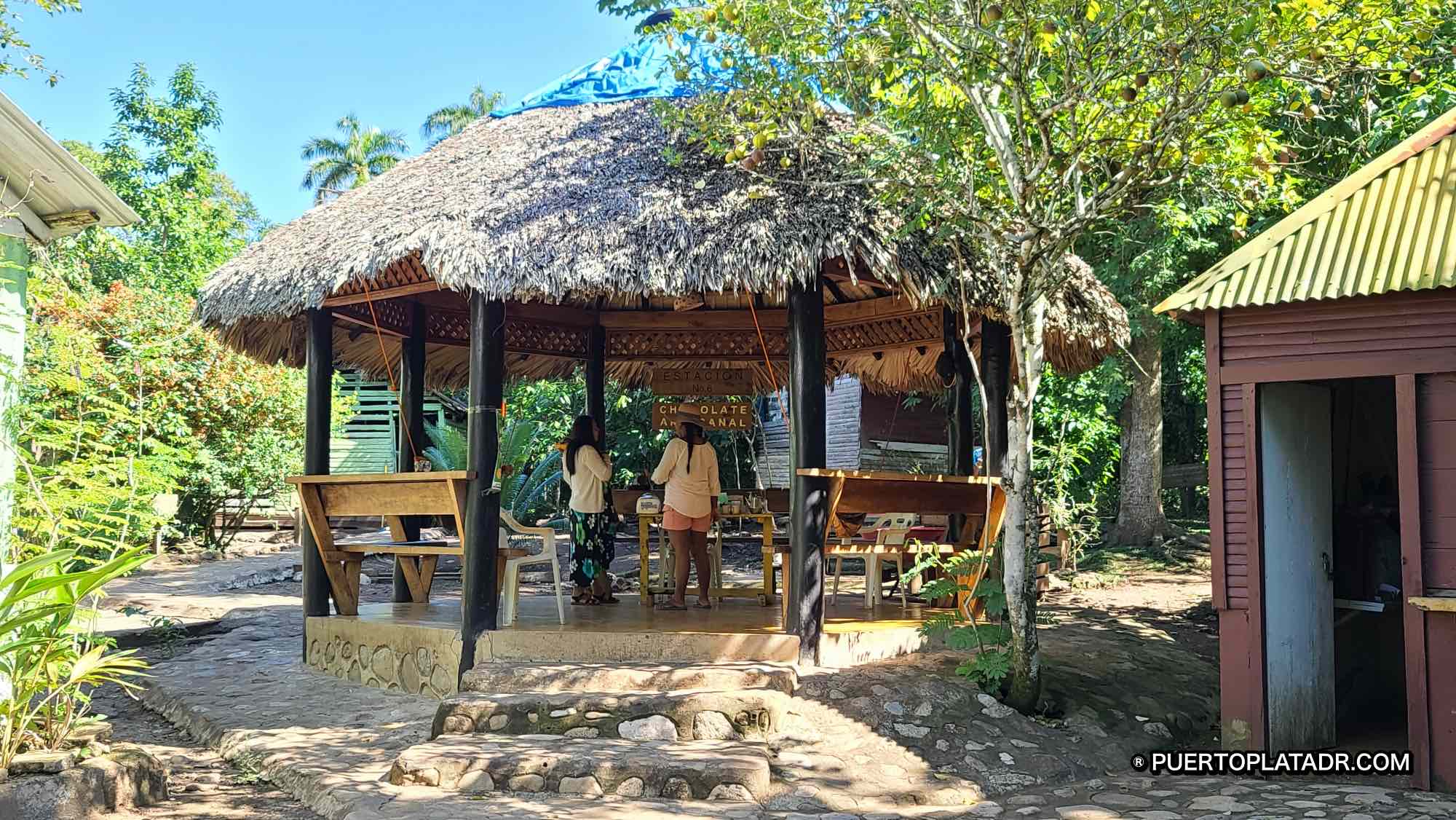
True Organic Chocolate
All chocolates are made from cacao beans, but the reality is that the manufacturing process for artisanal chocolate is different from that for commercial chocolate. Artisan chocolatiers source their cacao and carefully select it through sensory analysis.
They produce their chocolate bars with a reduced number of ingredients, since their main objective is to give prominence to cacao, highlighting its natural aromas. On the contrary, the multinationals that produce industrial chocolate and distribute it massively under world-renowned brands buy cacao in bulk based on price, not quality.
They mix beans from different origins and, since they seek to have a standardized product, they usually include many non-essential but necessary ingredients to cover the flavor of the defective beans and thus homogenize the flavor of the final product.
Cacao has been proven to give us many health benefits, as the article on the News Medical Life Sciences portal published in this article.

HOW TO TASTE CHOCOLATE:
1.Place a small-medium piece in your mouth. The most important step in chocolate tasting is waiting. Let the chocolate melt on its own on the tongue. Notice the texture.
2.While the chocolate is melting, breathe in through your mouth and out through your nose. Notice the flavors beginning to come through.
3.Chew the semi-molten chocolate 3 to 5 times. Let it melt completely. Focus on the flavors, moving the chocolate all over your mouth. Inhale through the mouth and exhale through the nose.
4.Swallow the chocolate. Take about 30 seconds to reflect on how your mouth feels when the chocolate is gone.
Each person has a different palate, so each one can perceive different aromas and sensations.
Do you know what role each of your senses play in the sensory analysis of chocolate? Here we tell you the function of each one:
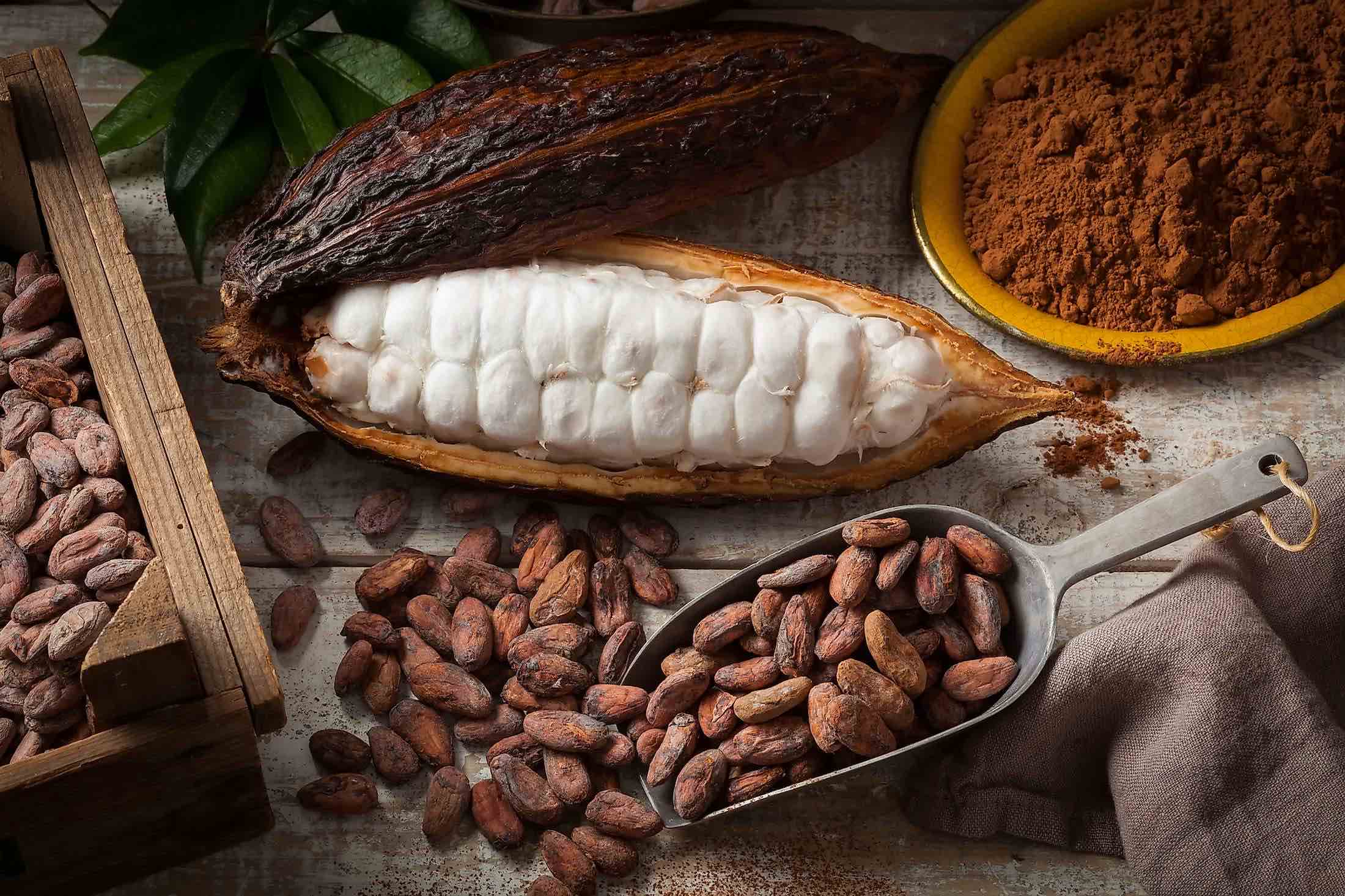
Sight:
The chocolate should have uniformity in color and gloss. It should not have bubbles or spots.
Ear:
When you break the chocolate in half, it should have a soft, clear sound. The better the sound, it means that the chocolatier has done a good job in the tempering process.
Touch:
When placing the chocolate between your fingers or palate, it should feel smooth and lump-free as it begins to melt.
Smell:
It is perhaps one of the most important, with which the process of recognizing the aromas that chocolate possesses and its intensity begins.
Taste:
Taste allows us to be dazzled or not, among its flavors and aromas that must remain on our palate, to define if it is bitter, sweet, acid or astringent.
The notes in each chocolate change significantly in each case and this is mainly due to the origin of the cocoa and the percentage used, the harvest lands, the fermentation, the roasting, as well as the different ingredients that have been included in the preparation of the product.
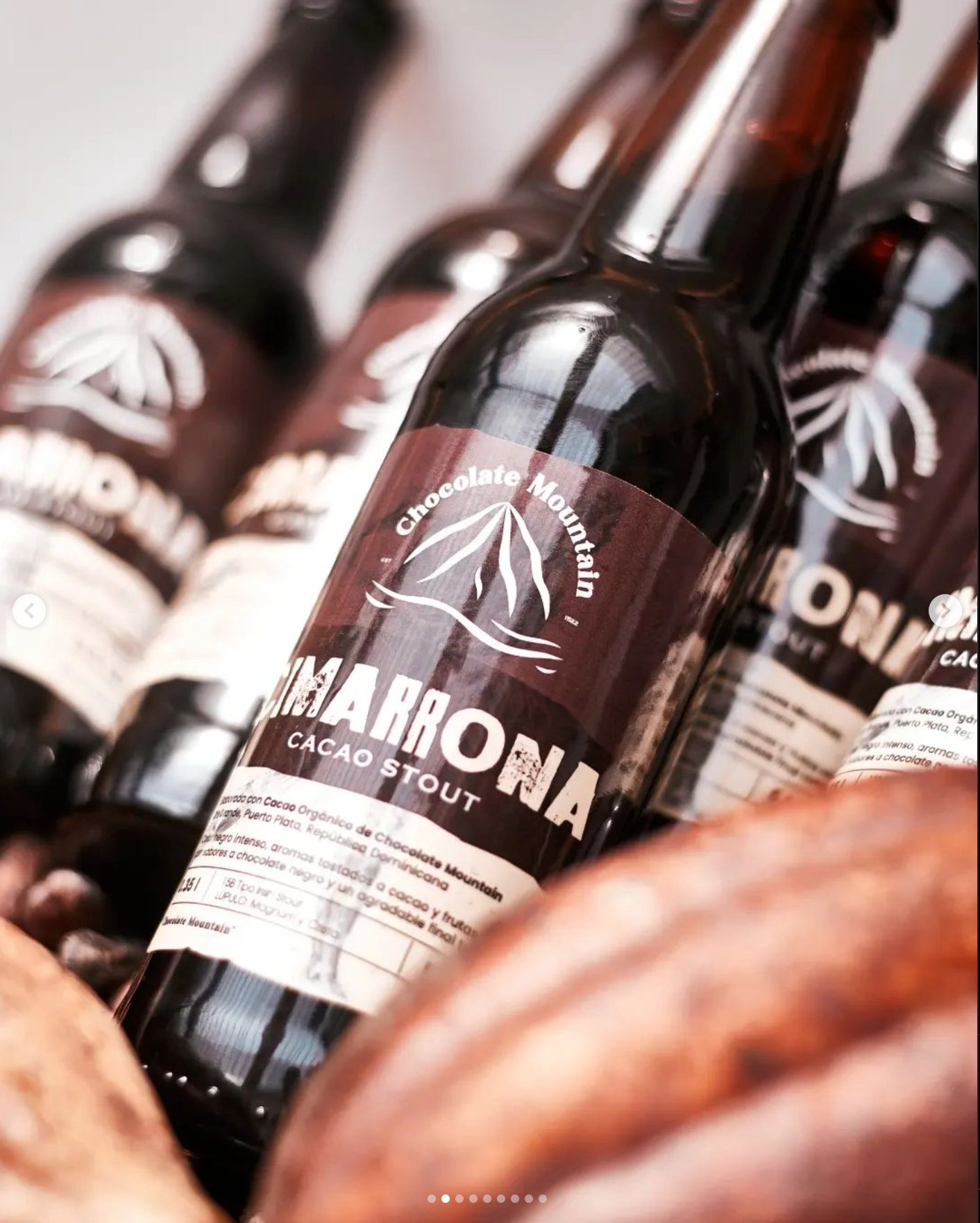
Cacao Historic Facts:
The cacao tree, Theobroma cacao (or “food of the gods”) is native to the Amazon and Orinoco river basins of South America and was domesticated in this region 5,500 years ago. This article from the Smithsonian provides a glimpse into the earliest history of chocolate.
From there it was taken and introduced to Central America where it became a crop of great cultural importance for different indigenous peoples such as the Olmecs, Mayas, Toltecs or Aztecs. Cacao was used as currency, as an offering to the gods or to prepare drinks consumed during festivals and rituals. A Chocolate historic timeline can be found at the Barry Callebaut article on History of Chocolate.
When the Spanish began to colonize the region at the end of the 15th century, they discovered cacao and quickly understood the monetary value that its exploitation could represent. So they began to invest to establish commercial cacao plantations in the different colonized lands. That’s why it was brought to the island.
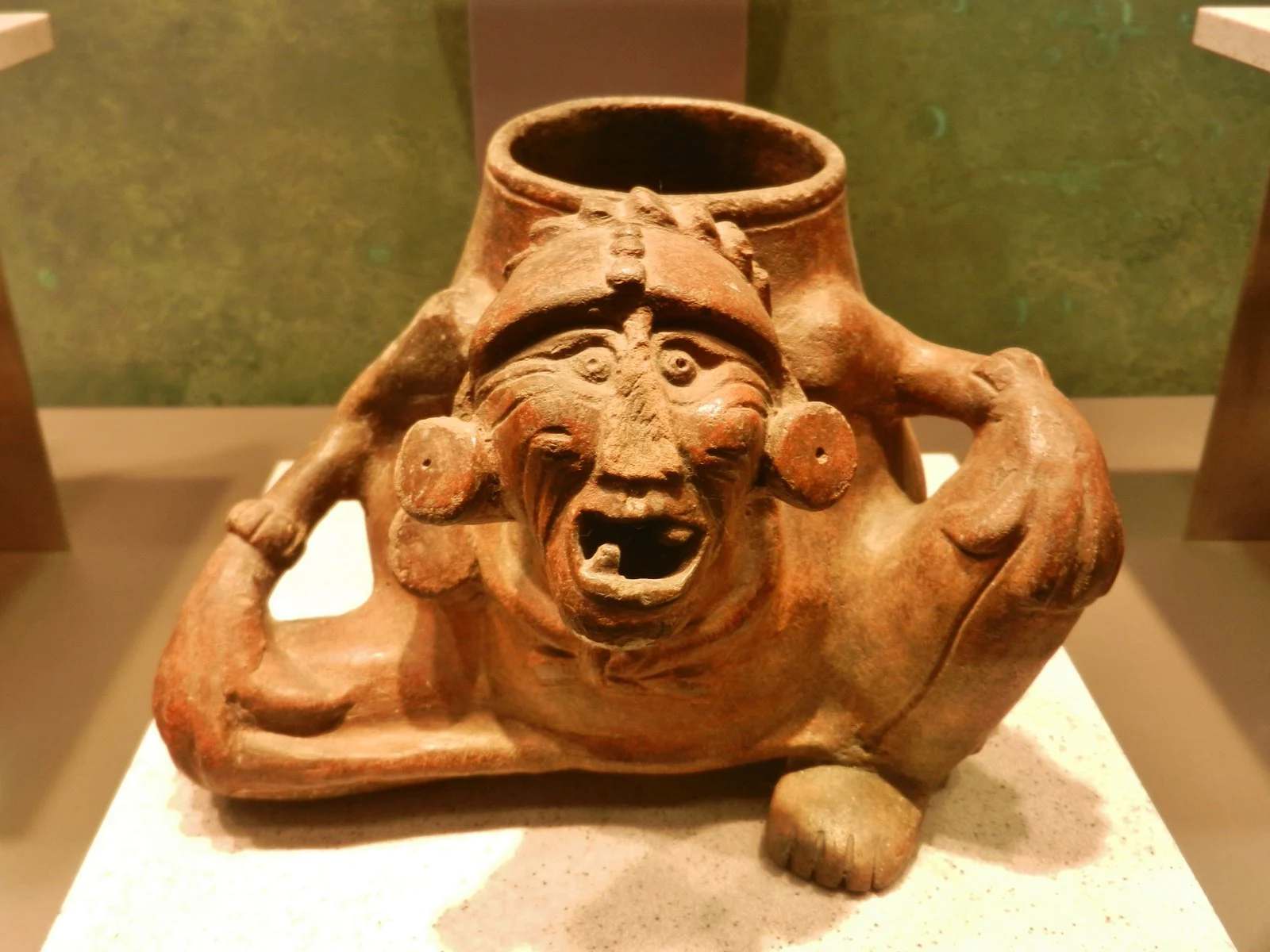
At the beginning of the 21st century, the Dominican Republic became the 3rd cacao producing and exporting country in the Americas and the 8th. of the world. We increased our exports from an average of 30,000 tons in the 70/80s, to 72,601 tons, contributing 195 million dollars in foreign currency to the national economy in the 2018-19 period.
97% is exported in beans and the remaining 3% in cacao derivatives ( butter, powder, cake, liquor and chocolates). 42% of the cacao that is exported is organic.

Cacao in the Dominican Republic: varieties.
Three varieties of the cacao plant exist in the world. The Criollo (native): a low yielding variety, representing only 5% of the world production, considered as the finest due to its delicate and fruity aroma.
The Forastero (foreign): a more resistant and productive variety, amounting to more than 80% of the world production, generally considered as an ordinary quality cacao. The Trinitario (named after its native island of Trinidad), is a hybrid of the other two varieties, resistant like the Forastero and more complex in flavor, like the Criollo.
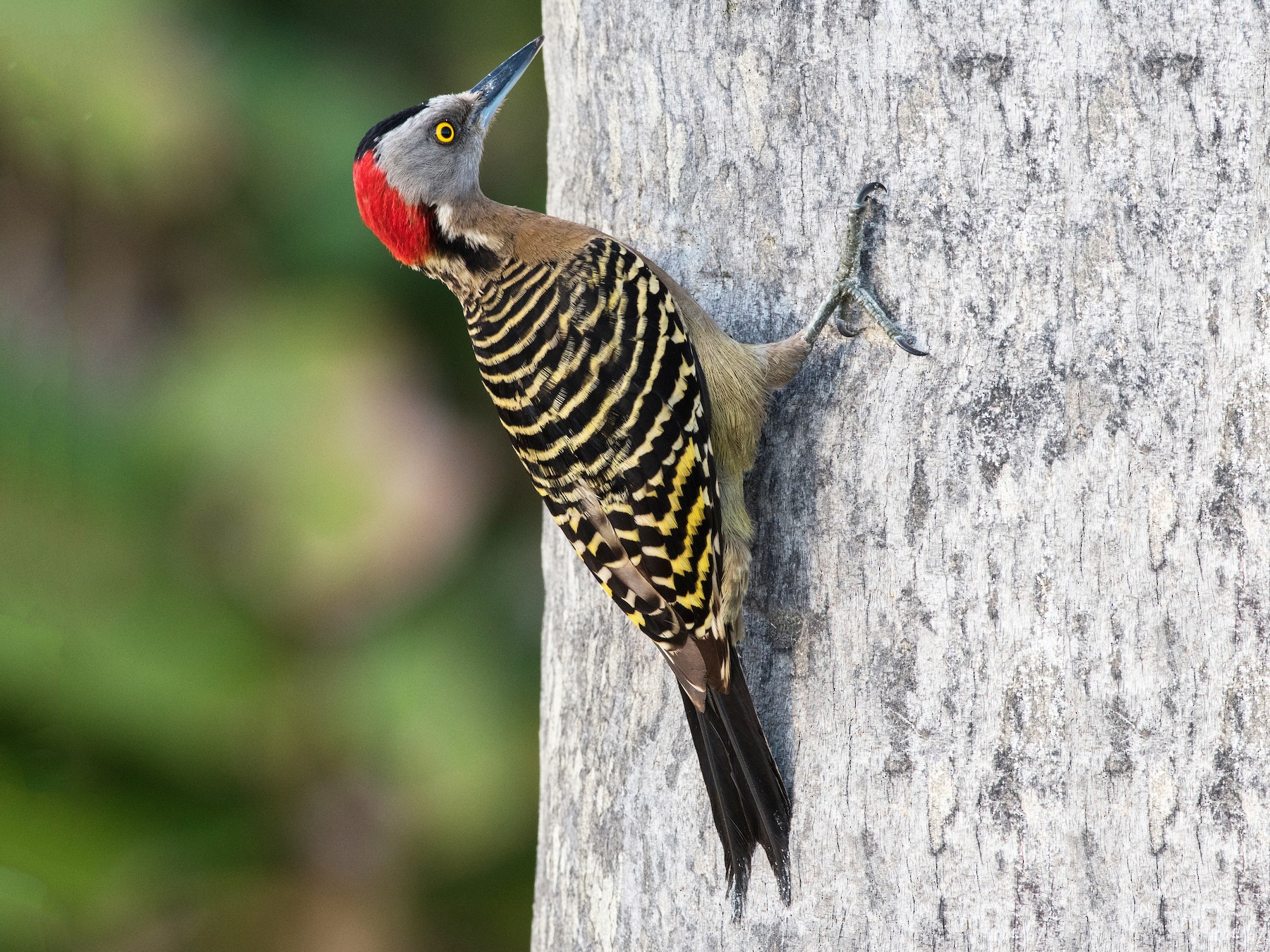
Local Pests: cacao production losses
The traditional pests of cacao cultivation in the Dominican Republic are the Hispaniola Woodpecker, and the common Mouse (Rattus Rattus). The damage done by the Woodpecker is economically greater than that produced by the mouse, because it damages the ripe ears as well as the green ones, which cannot be used.
Mice and woodpeckers cause the greatest damage to the farms due to the carelessness of some producers who do not take needed precautions, such as placement of poison for rats, which is provided by the DR Ministry of Agriculture. In addition, the mice can be fought with snakes and dogs in the cacao plantations.


